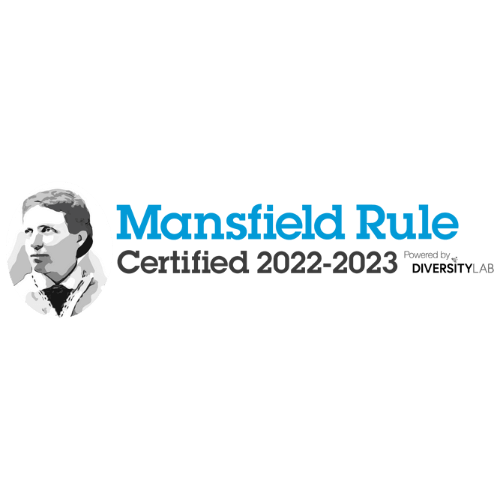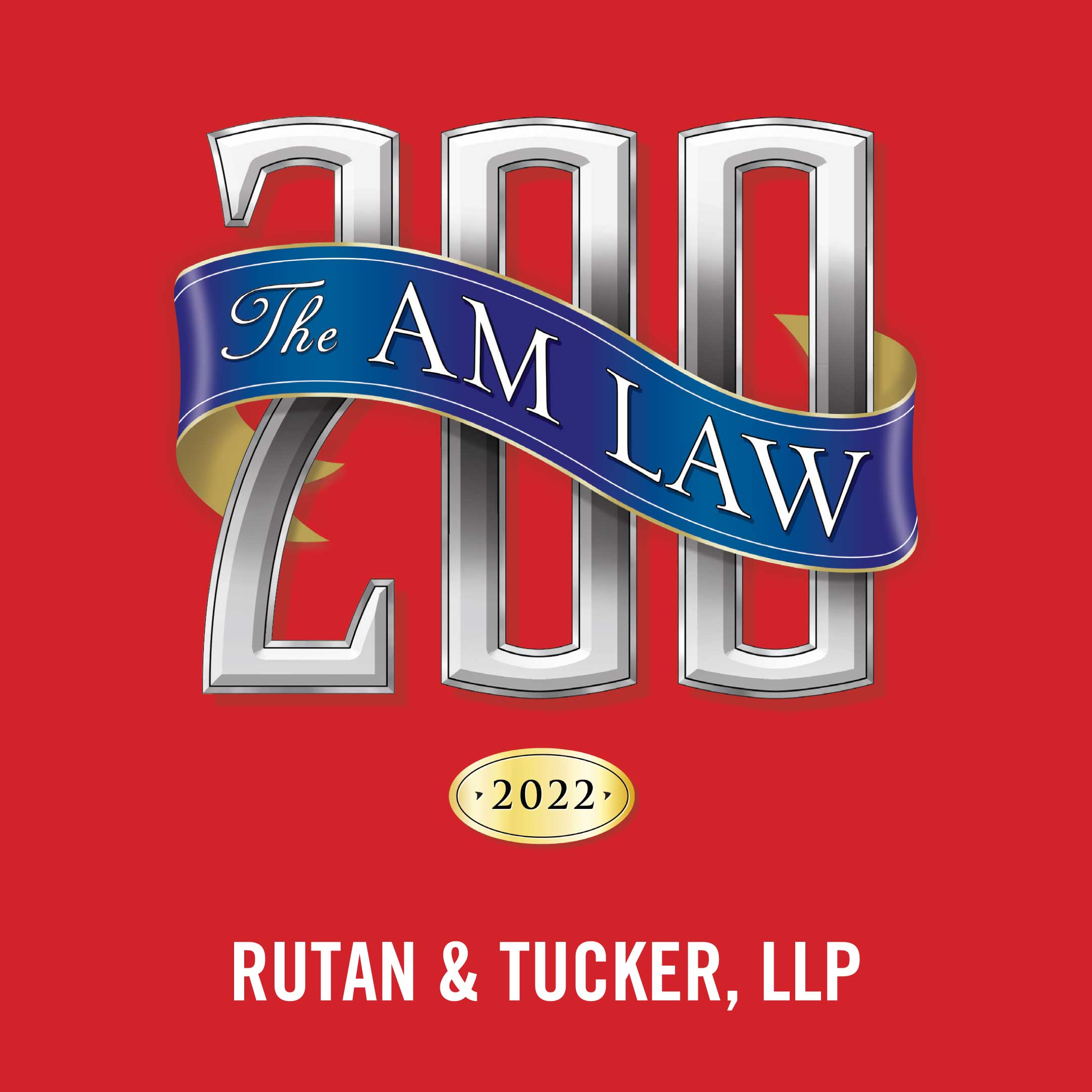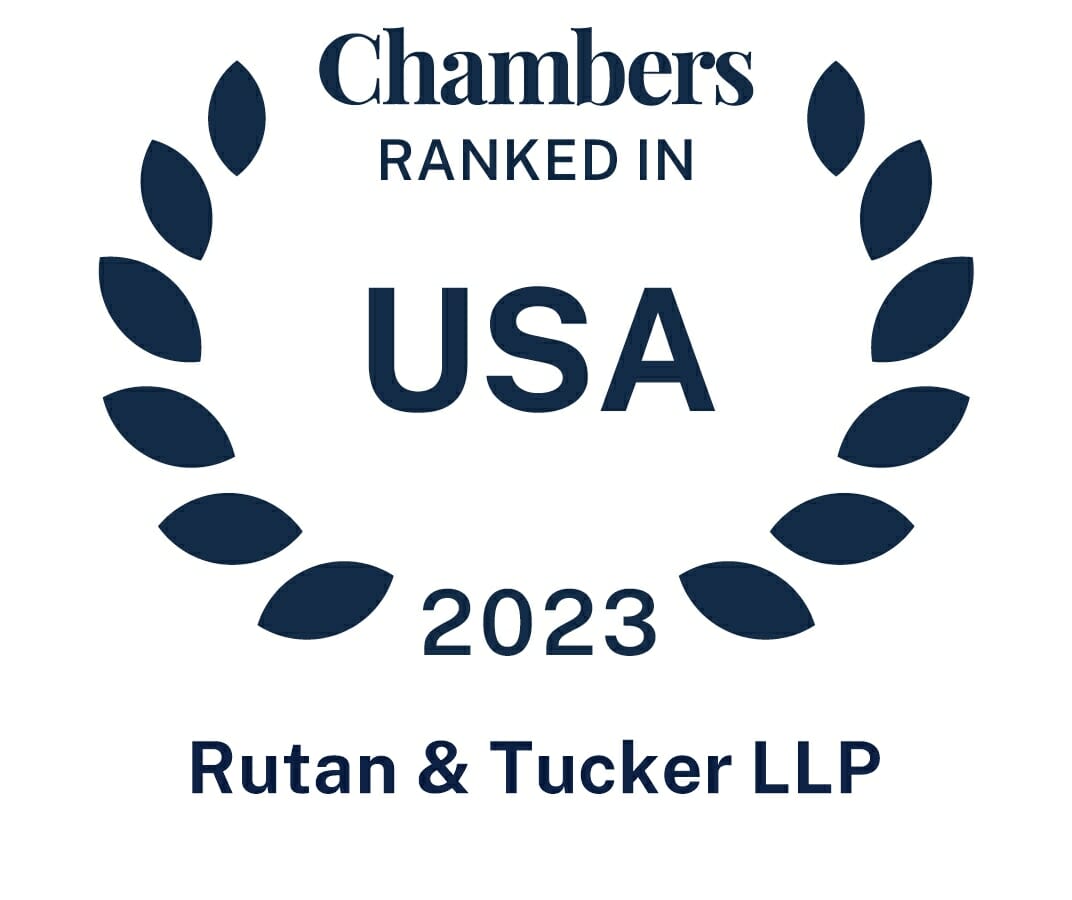The Coronavirus Aid, Relief and Economic Security Act (the “CARES Act”) was signed into law on March 27, 2020, to provide emergency assistance to American workers and businesses as a result of the overwhelming impacts of the coronavirus pandemic. The CARES Act, among other things, amends the Small Business Act to create a new loan program – the Paycheck Protection Program (“PPP”).
The program earmarks $349 billion for the Small Business Administration (the “SBA”) to provide 100% federally-backed loans from February 15, 2020 through June 30, 2020 (the “Covered Period”) to eligible businesses to help pay for ongoing operational costs. Subject to certain criteria, loans made under the program qualify for loan forgiveness, allowing the indebtedness to be forgiven and excluded from gross income (for federal tax purposes).
Below is a summary of the key provisions of the program.
Who is an Eligible Borrower under the Program?
In addition to small business concerns already eligible to receive loans through the SBA, a business concern is eligible to receive a PPP loan if it employs:
i) fewer than 500 employees or,
ii) if greater, the number of employees established by the SBA for the applicable industry of the business concern.
In addition, an exception aimed at the hospitality and food services industry was included to extend eligibility to any business concern which employs 500 or fewer employees per physical location and is assigned a North American Industry Classification Code System (“NAICS”) code beginning with 72 (Accommodation and Food Services, which includes businesses such as hotels, restaurants and caterers).
For purposes of determining the 500 employee threshold, employees of the business and any of its “affiliates” that are employed on a full-time, part-time and other basis should be included. In determining affiliation, the SBA’s standard affiliation rules generally apply – meaning any entity with control over, or that is under common control with, the business concern will be considered an affiliate. However, the affiliation rules are waived under the program for business concerns (i) with 500 or fewer employees that have a NAICS code beginning with 72, (ii) that have been assigned a franchise identifier code by the SBA, and (iii) that receive financial assistance under the Small Business Investment Act.
Subject to certain documentation requirements, sole proprietors, independent contractors, and self-employed individuals are also eligible to receive a PPP loan.
What is the Maximum Loan Amount Available?
Generally, a borrower may apply for a PPP loan up to 2.5 times the borrower’s average monthly payroll, but not to exceed $10 million. For non-seasonal employers, the average monthly payroll costs of the preceding twelve months prior to the loan date are considered, unless the employer was not in operation prior to July 1, 2019, in which case the average monthly payroll costs incurred for January and February 2020 are considered. For seasonal employers, the average monthly payroll costs for the twelve-week period beginning either February 15, 2019 or March 1, 2019 and ending June 30, 2019 are considered.
Payroll costs are calculated by taking the sum of payments of any compensation that is:
- A salary, wage commission or similar compensation;
- Payment of cash tip or equivalent;
- Payment for vacation, parental, family, medical, or sick leave;
- Allowance for dismissal or separation;
- Payment required for the provisions of group health care benefits, including insurance premiums;
- Payment of any retirement benefit;
- Payment of State or local tax assessed on the compensation of employees; and
- Compensation to sole proprietors or independent contractors (including commission-based compensation) up to $100,000 in 1 year, prorated for the covered period.
However, payroll costs do not include:
- Individual employee compensation above $100,000 per year, prorated for the covered period;
- Payroll taxes, railroad retirement taxes, and income taxes;
- Compensation to employees whose principal place of residence is outside of the US; and
- Sick and family leave wages for which credit is allowed under the Families First Act.
Will this Loan be Forgiven?
Borrowers are eligible for PPP loan forgiveness in an amount equal to payments made for payroll, interest on certain mortgage obligations, rent, utilities, and certain other expenditures during the eight-week period from the date the loan is issued. Generally speaking, the forgiveness amount will be reduced if, during the covered period, there is a reduction in the number of full-time equivalent employees or a reduction in total salary or wages of any employee in excess of 25% of the employee’s salary or wages during the employee’s most recent full quarter of employment. However, the forgiveness amount shall not be reduced as a result of a reduction of employees or wages during the covered period if such reduction is eliminated prior to June 30, 2020.
How Do I Apply for a Loan?
The loans under the program will be available through existing SBA-certified lenders, including banks, credit unions, and other financial institutions, as well as through new lenders who choose to enroll. More information about eligible lenders and additional guidance on the loan requirements and administration of the program will be provided by the SBA.
* * * *
Clients with questions about this e-Alert or related issues are welcome to contact the article authors, or the Rutan & Tucker attorney with whom you are regularly in contact.
This e-Alert is published periodically by Rutan & Tucker, LLP and should not be construed as legal advice or legal opinion on any specific facts or circumstances. The contents are intended for general informational purposes only.



